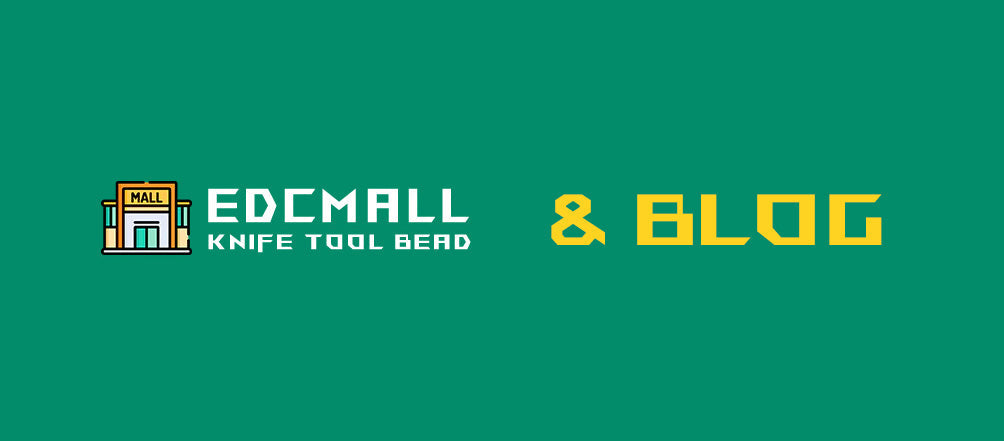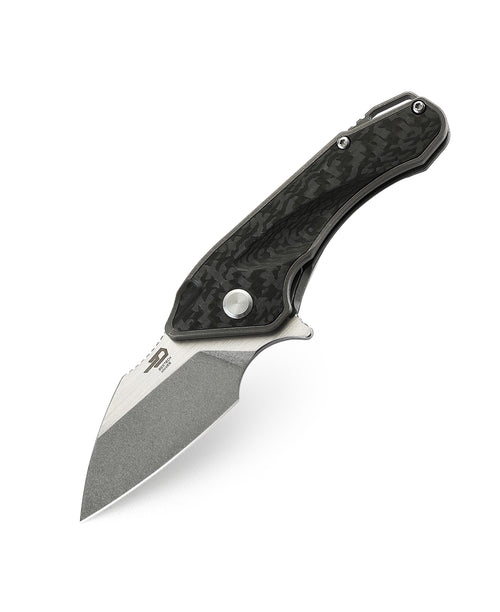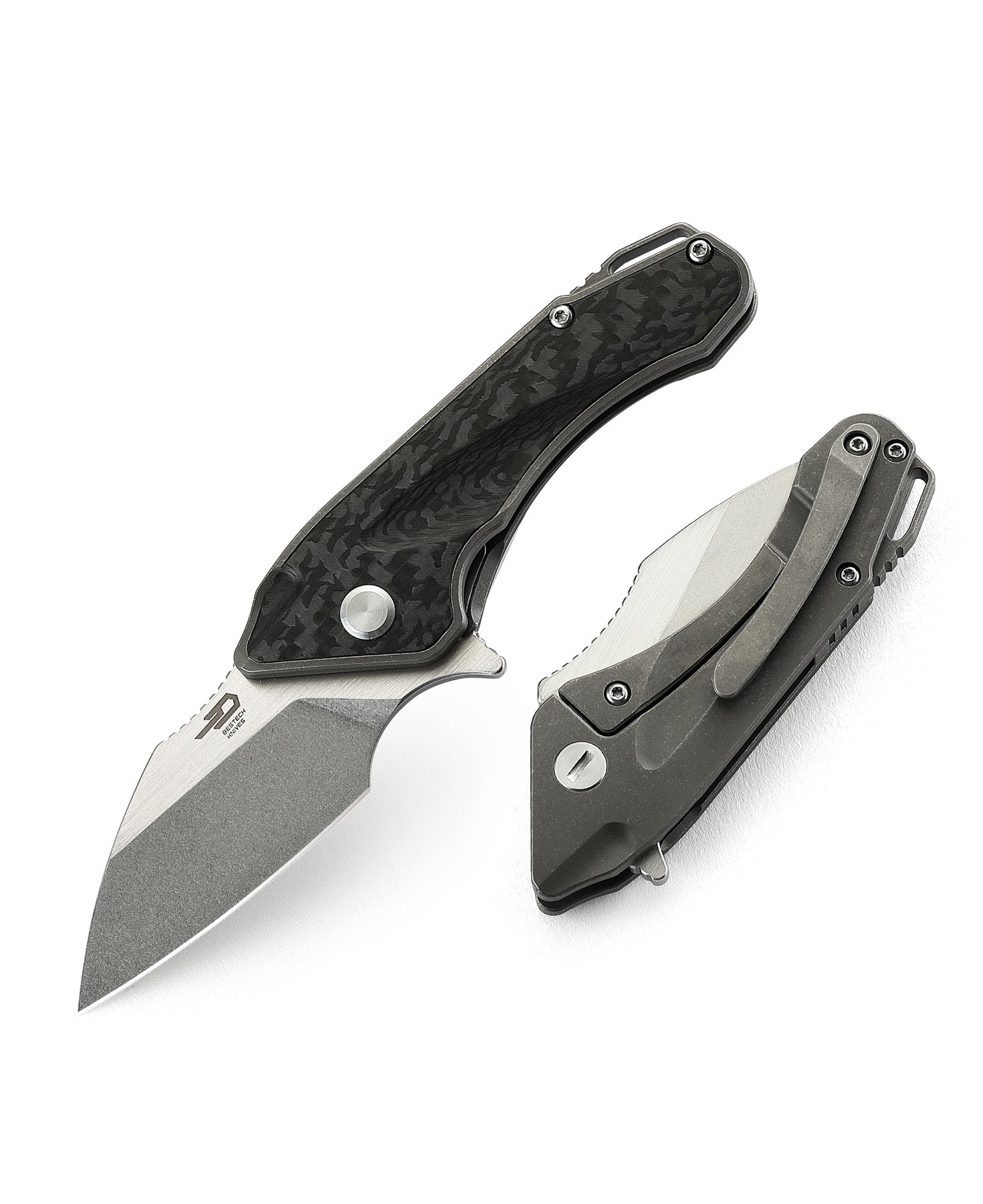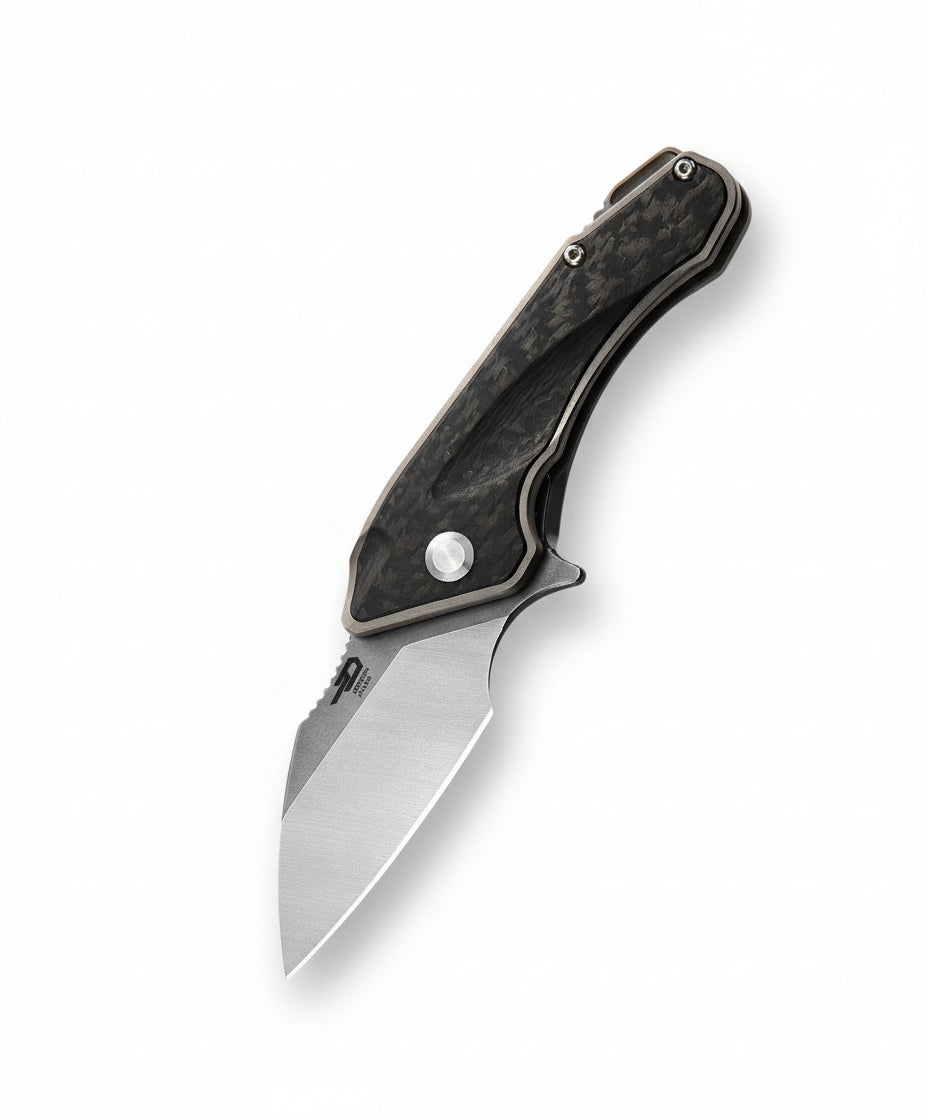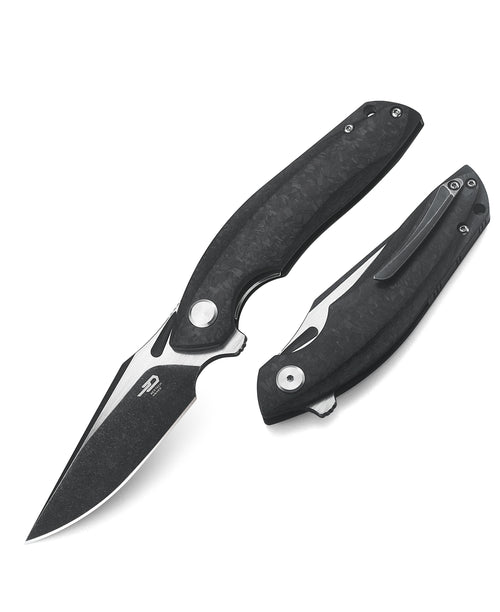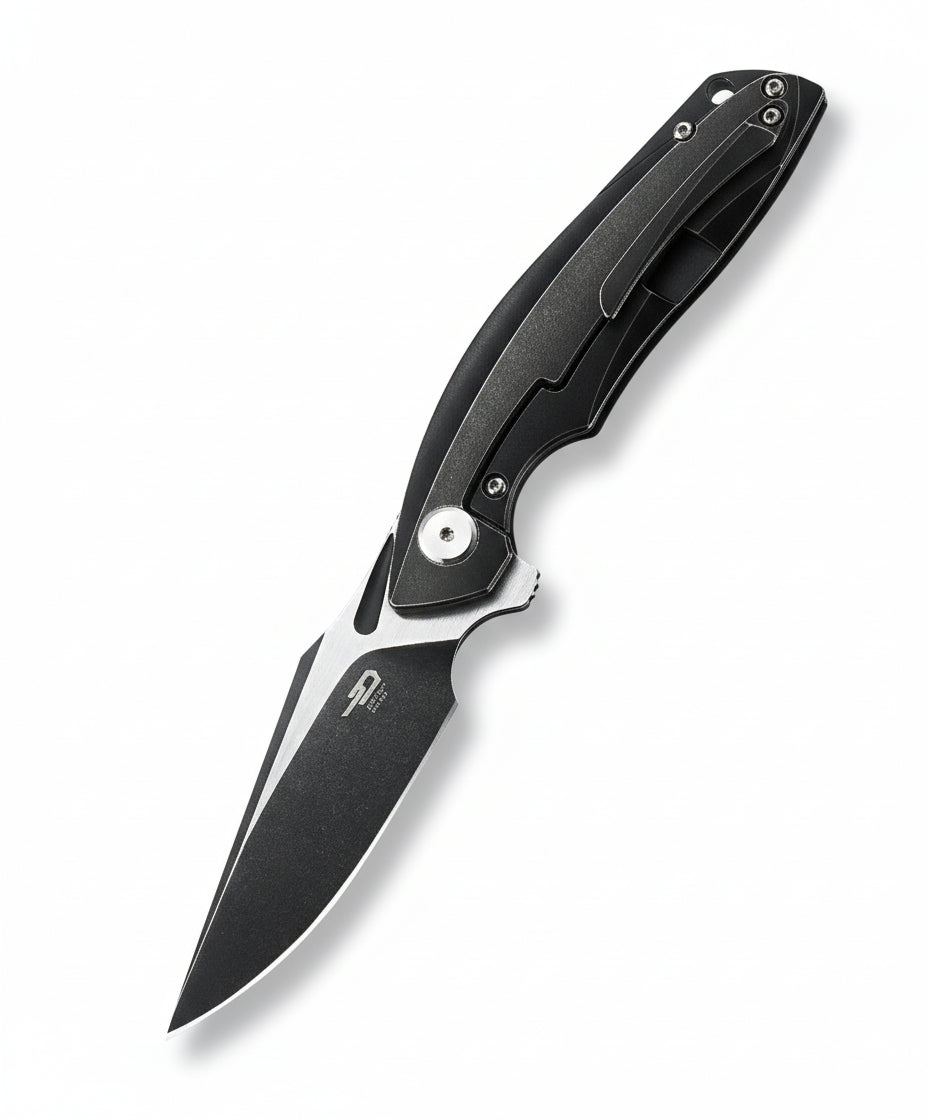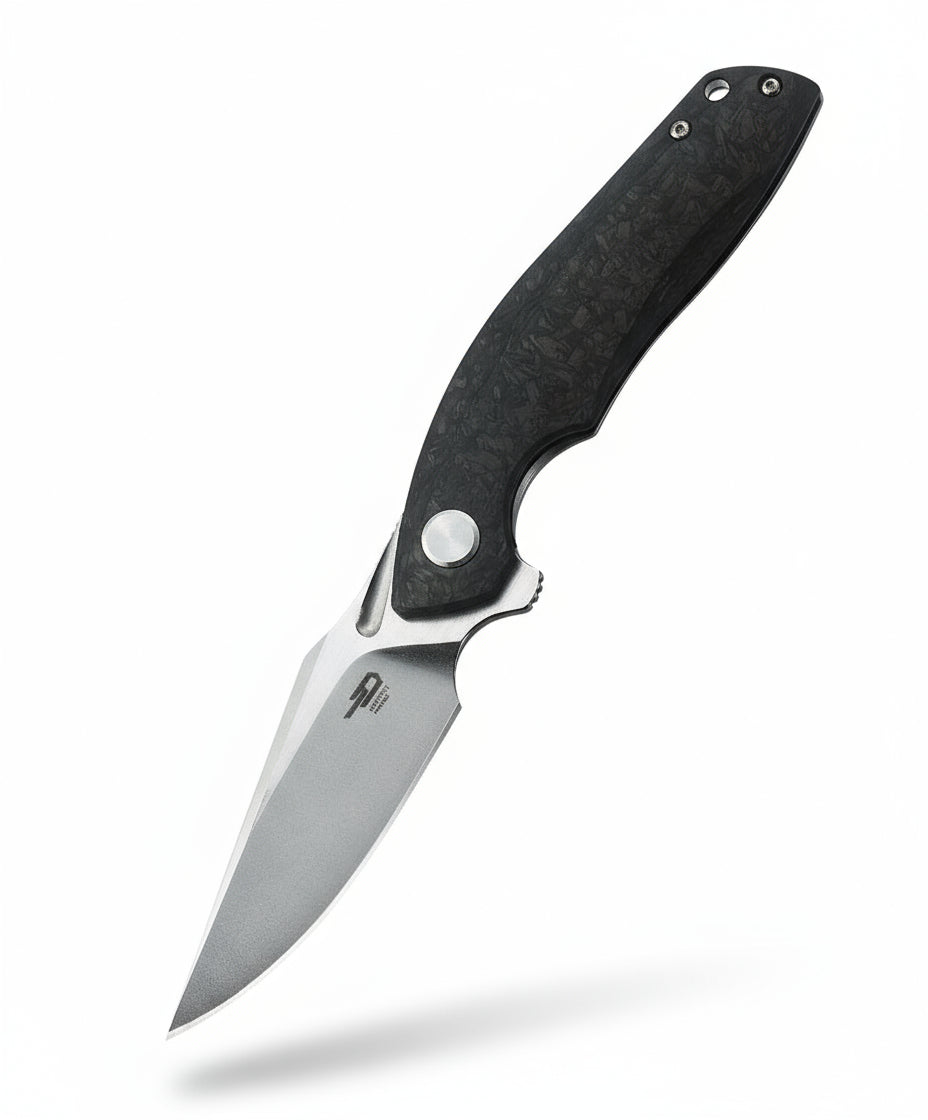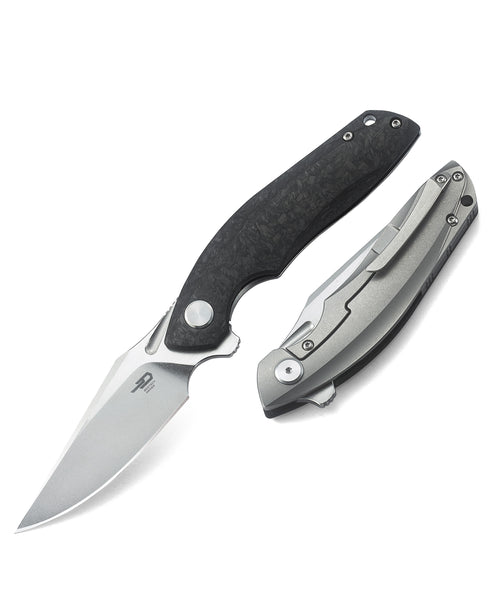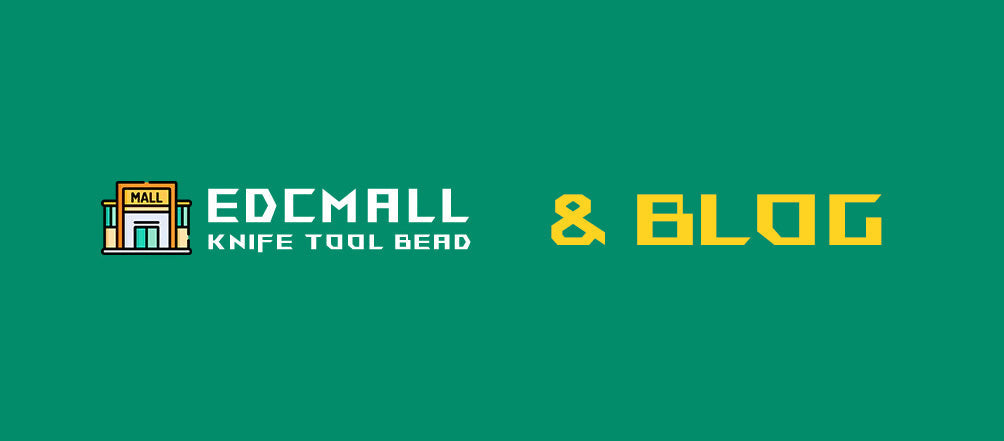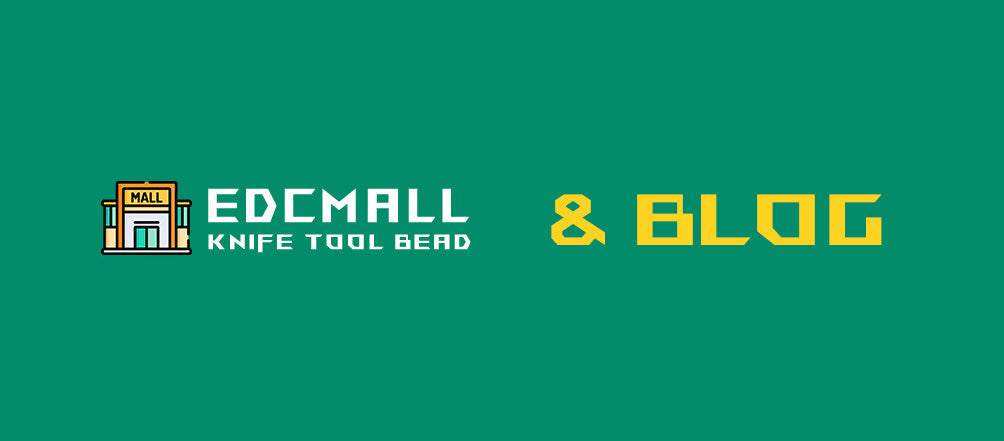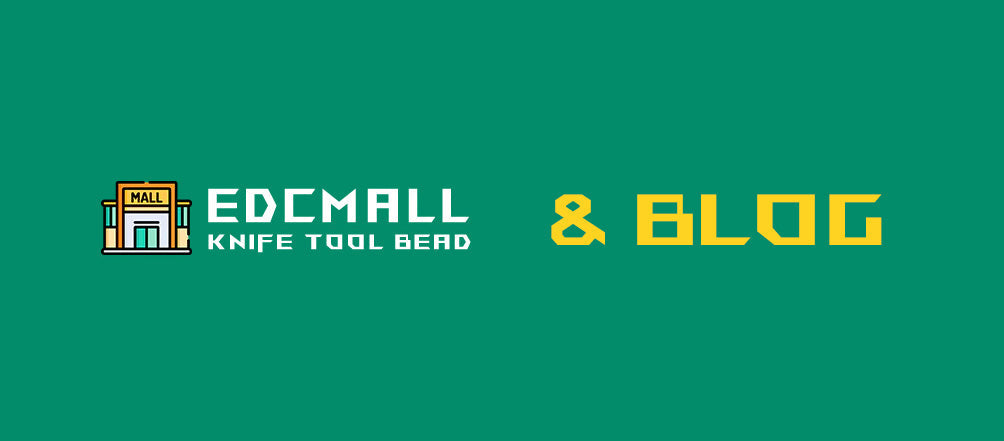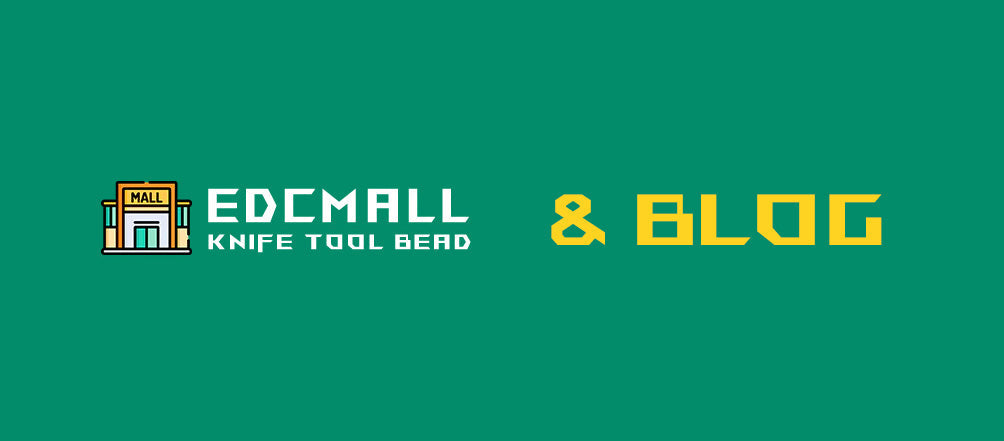
When it comes to choosing the right steel for your knives, the options can be overwhelming. Two popular choices in the knife-making industry are 420hc and 52100 steel. But which one is better? Let's dive into the details to help you make an informed decision.
What is 420hc Steel?
420hc steel is a high-carbon stainless steel that is commonly used in knife blades. It is known for its corrosion resistance and ease of sharpening. With a carbon content of around 0.4-0.5%, 420hc steel offers good edge retention and is relatively easy to maintain.
What is 52100 Steel?
On the other hand, 52100 steel is a high carbon, chromium alloy steel known for its exceptional toughness and wear resistance. With a carbon content of around 1%, 52100 steel is often used in high-end knives and tools where durability is crucial.
Strength and Durability
When it comes to strength and durability, 52100 steel outshines 420hc steel. The higher carbon content in 52100 steel provides superior hardness and wear resistance, making it ideal for heavy-duty tasks and prolonged use.
Edge Retention
While 420hc steel is easier to sharpen, it may not hold its edge as well as 52100 steel. 52100 steel's exceptional edge retention means you won't have to sharpen your knife as frequently, making it a preferred choice for professionals and outdoor enthusiasts.
Corrosion Resistance
420hc steel has better corrosion resistance compared to 52100 steel due to its higher chromium content. If you live in a humid environment or plan to use your knife in wet conditions, 420hc steel may be a more practical choice to prevent rust and corrosion.
Conclusion
In conclusion, the choice between 420hc and 52100 steel ultimately depends on your specific needs and preferences. If you prioritize edge retention and durability, 52100 steel is the superior choice. However, if ease of maintenance and corrosion resistance are more important to you, 420hc steel may be the better option.
Whichever steel you choose, proper care and maintenance are essential to ensure the longevity and performance of your knife. Consider factors such as sharpening frequency, intended use, and environmental conditions to make the best decision for your needs.

